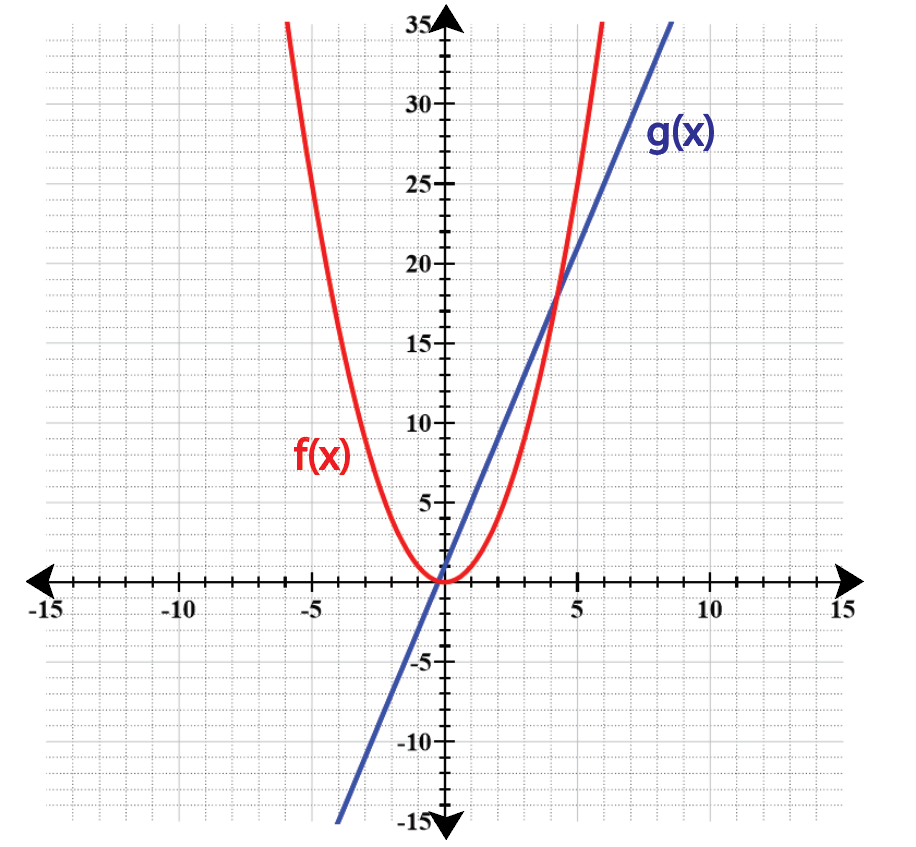- Download the worksheet to save time writing
- Start solving the practice problems
- If you're stuck, watch the video solutions
- See your summary to get more insights

For the given solution set {2, -1}, write a quadratic equation in a general form.
Find the solution set for the following inequality. Express the answer in interval notation. (9x + 2)/(- 5) ≤ 3x + 2
Determine if the following relation is a function. If so, find its domain and range:
{(1, 11), (1, 22), (3, 8), (3, 10)}
Identify if the given table of x and y-values represents a function. Also, find the domain and range.

For the given conditions: Slope = - 2, passing through (- 3, - 1/3)
Write an equation for the line in Slope-intercept form by first going through the point-slope form.
For a circle with the following center and radius, find its equation (in standard form).
Center = (- 8, - 16), r = √8
Graph h(x) = 3√(x + 4) as a transformation of the square root function f(x) = √x.
Graph the absolute value function g(x) = - |5x + 5| + 3/2 as a transformation of f(x) = |5x|.
Find the value of the expression using the graph given below.

(f - g)(-2)
Given the two functions f and g, find fg and identify the domain.
f(x)=71x−2, g(x)=x+10
Find out the equation of the parabola in the vertex form for the given condition:
(a) Shape of the parabola same as f(x) = 13x2
(b) vertex of the parabola (-1, -1)
Consider the given polynomial function and plot its graph.
ƒ(x) = (x-17)(x-29)
Find the quotient and indicate the remainder, r(x), if long division would be performed on the following.
(4x5 + 2x3 + 8x2) ÷ (5x2 + 3)
If 1 is a zero of the following polynomial function, solve for all the other zeros. f(x) = x3 + 13x2 - 14.
Determine the end behavior of the graph of the following polynomial function using the Leading Coefficient Test: f(x)=2x4+19x2−3x−2
Graph the given rational function following the seven steps. f(x)=(7x2-6x−16)/(4x2−5x)
The characteristics of the graph of a rational function f are given below. Find f(x).
x-intercepts: (0, 0)
vertical asymptotes: x = -2 and x = 2
horizontal asymptote: y = 0
Complete the given statement using the graph of the rational function in the figure shown.

As x → 6-, f(x) →